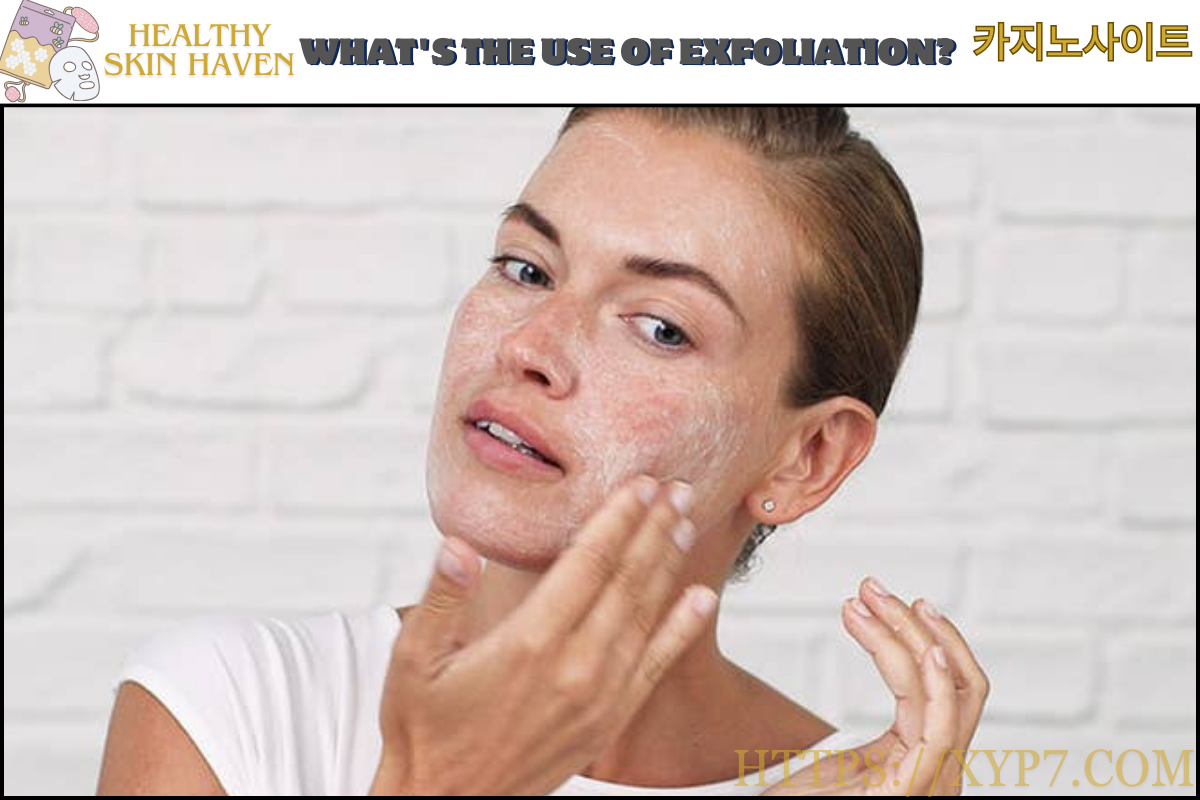What’s the Use of Exfoliation?. Dead skin cells are naturally shed by your skin, but occasionally they stay behind. Rather than that, they might stay on the surface for too long, which would eventually obstruct radiant, bright skin. This is the role of exfoliation.
Exfoliation is the process of getting rid of old skin cells to reveal fresh ones beneath. But there are other advantages as well. You now get greater value for your money because the dead skin cells have been removed, allowing the younger, healthier skin cells to absorb the components in your topical skincare products more effectively. Additionally, makeup application is much more fluid. Finally, exfoliating keeps pores free, which is why it’s frequently used to prevent breakouts.
RELATED: Why Skin Exfoliation Is So Important

varieties of exfoliants
Physical and chemical exfoliation are the two primary techniques. Learn how each one functions so you can choose the one that will work best for your skin type.
Physical Exfoliants
By applying friction to the skin with brushes and loofas. Dead skin cells are removed from the skin during physical exfoliation, sometimes referred to as mechanical exfoliation. One reason sugar scrubs are so popular as physical exfoliants is that they are easy to make at home using common kitchen items like brown sugar and other fruits. These and other physical exfoliants, like facial scrubs, are more abrasive on the skin because they require scrubbing motions and have a gritty feel, making them inappropriate for people with dry or sensitive skin.
Chemical Exfoliants
Don’t be put off by the word “chemical”; chemical exfoliation is simply the use of chemicals to remove dead skin cells. Chemical exfoliants are kinder to the skin and do all the heavy lifting on their own. While physical exfoliants call for some form of scrubbing effort. They include the water-soluble alpha hydroxy axids (AHAs) and the oil-soluble beta hydroxy acids (BHAs), which dissolve the bonds that hold skin cells together. These kinds of chemical exfoliants are present in many skincare products, such as peels, treatment gels, and medicated face cleansers.
Acid Glycolic
AHA glycolic acid’s brightening, anti-aging, and exfoliating properties have made it a popular ingredient in skincare products. To protect the integrity of your skin, only use a small amount of this component in your routine; avoid products that contain more than 10% glycolic acid.
Acid Salicylic
One BHA is salicylic acid. Because BHAs dissolve in oil, they can enter the pores much more deeply than AHAs, which is why people with oily skin can benefit most from using them. In addition to exfoliating the skin, salicylic acid also contains anti-inflammatory qualities that reduce redness, unclog pores, and remove bacteria, oil, and debris from them. Treat, our vegan acne treatment gel, contains salicylic acid.
Which One is Better?
Which exfoliation technique works best for your skin type and personal preferences will determine the optimal exfoliation technique. Apply just one exfoliator on any given day, regardless of your choice. Your skin may suffer greatly if you use both exfoliating techniques in one sitting.
Always keep a close eye on how exfoliation affects your skin; if you experience any dryness, redness, or other irritation, you may want to try a new technique or cut back completely 카지노사이트.
